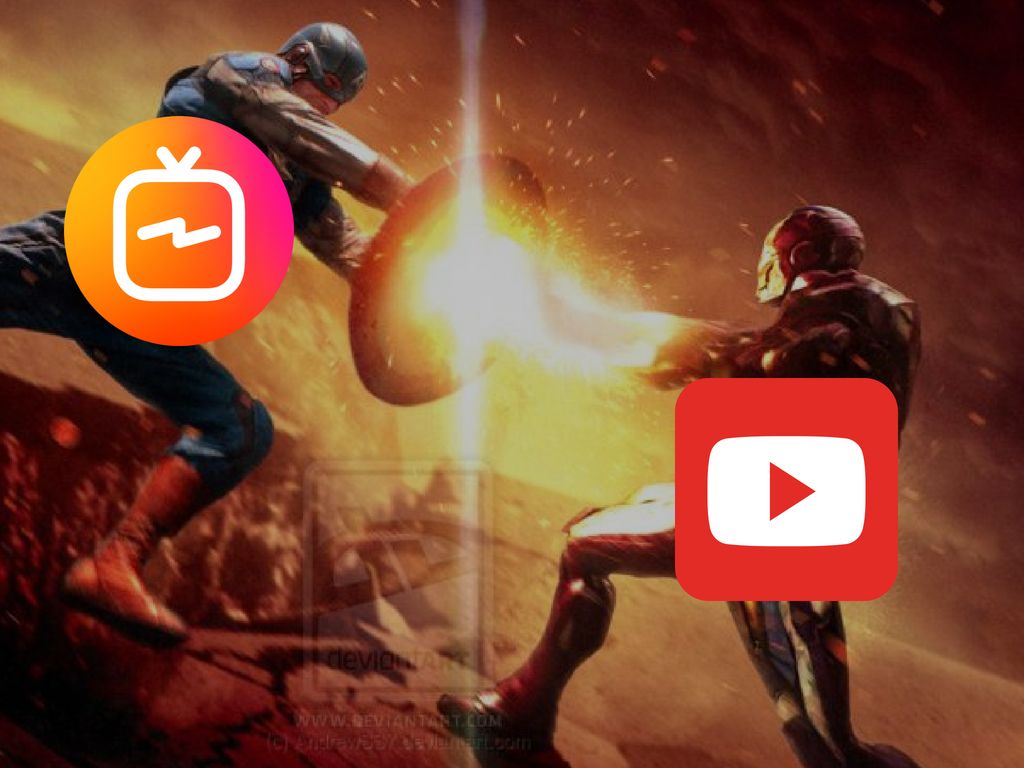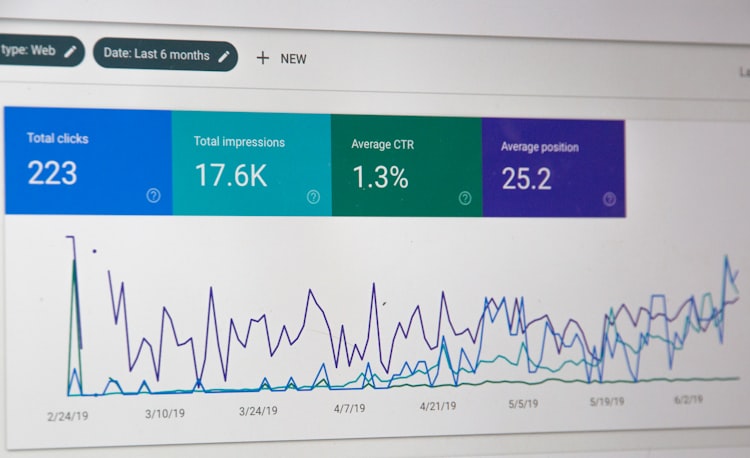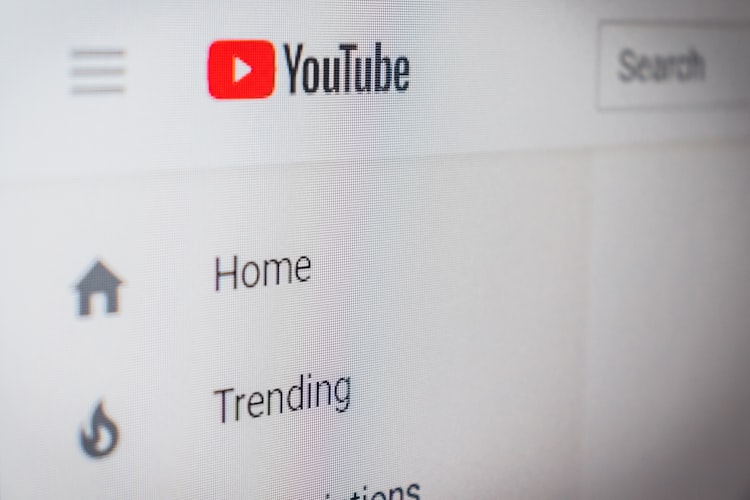Why Video Creators should care about IGTV - Part 1

IGTV, for folks who are yet to catchup with the big news from Instagram, is the new mobile app where users can consume long form vertical video from the creators they love. Videos from IGTV can also be consumed on Instagram app for the time being. The announcement was made by Instagram CEO Kevin Systrom (obviously using an IGTV video) when he also shared that Instagram crossed 1 billion monthly active users (MAU), upgrading them to the same league of other media platforms YouTube (1.5B MAU) and Facebook (2B MAU). IGTV, Kevin said, is built on 3 important pillars - mobile first, dead simple and quality content.
The last two tenants that IGTV plans to build their experience on, dead simple and quality content, are things which all content platforms aspire to improve on. However what really decides if IGTV would make or break would be the first aspect - mobile first. We will soon get to learn if long form mobile content is worth its hype.
Is this YouTube vs Instagram?
From the way all the cards are laid out on the table, yes.

It appears like a full on battle between IGTV (vertical video) vs YouTube (landscape video). Pic courtesy - andrewss7.deviantart
Let's try to learn how and why. To understand the video content platform business, you need to understand 2 very important trends that are picking up:
- Ad spends on TV is declining every year - A new eMarketer forecast shows U.S. TV ad spend declining by half a percent in 2018 to $69.87 billion. This will bring TV’s share of ad spend down to less than a third of U.S. ad revenue in 2018, falling from 33.9 percent last year to 31.6 percent in 2018. This is a clear indicator of the general direction where the audience and money are going in the content and advertising space respectively - TV to digital media.
In digital media, there are 2 viable and prominent business models that we are seeing today: the first is OTT (Over the top) platforms that own and distribute the content end to end like Amazon Prime, Netflix, Hulu. The second category is that of a more democratised content platform where anyone (read creators) can produce their content and get paid for the advertisements shown on their video while giving a cut to the platform. YouTube is the only company that has successfully cracked the 2nd model as of today. IGTV plans to leave its own mark in this domain by following YouTube path of creating a democratised video platform connected heavily to the Facebook advertising business.
- 3 out of 5 online videos are watched on Mobile - Ooyala, an enterprise video hosting and analytics platform recently published its studies stating 58% of video plays online happen on mobile in 2018. Instagram is essentially betting on this trend by going head to head against YouTube with one core differentiator - vertical videos against landscape / widescreen videos. If the inconvenience in turning the mobile (painfully?) while watching videos is as real as how mobile first businesses state it to be, this is Instagram's golden opportunity to build a democratised video content platform that could rival YouTube in terms of quality of content and return of investment for advertisers. But hey, for this to work long form vertical video has to really work. We will have to wait and see how that pans out.
Facebook already tried to rival YouTube's monopoly in videos by rolling out ads on native Facebook video experience but doesn't appear to have got it to work that well. So this is Zuckerberg's second attempt to get into the video content world and Facebook will experiment with anything and everything to make this work. Remember the deal about stories? Did you know that the number of Instagram stories have surpassed the ones on Snapchat a year back ? IGTV certainly means business here :).
Creator's dilemma: YouTube or IGTV
For new creators, IGTV and for existing creators, both. Garyvee, an Internet celebrity recently published this video on Instagram "Don't do YouTube. You missed the boat." where he lashes out on people who discourage starting a channel on YouTube since it's already saturated.

GaryVee's advice to encourage people to create something.
While GaryVee's intent was to fill you up with motivational speak "Stop thinking and do something!", it's worth thinking how you want to plan out your content strategy - would it be IGTV / YouTube or both? Here are few things you need to understand about the growth of content platforms. Any content platform or even distribution channel is best leveraged when it's small. YouTube is now saturated with creators which essentially means that it's tough for a new creator to make a presence felt. However, if a creator adopts IGTV and if (a big IF) vertical video picks up like IGTV expects it to, the early adopters will certainly have an advantage over the latecomers. Let's see how. When a platform is young, they have more reasons to incentivise more creators to use it till they hit a threshold of video content where advertisers feel confident about putting their money in the platform. Instagram will also follow the suite here to a great extent by being nice to early creators and providing their content more exposure and maybe even better ad deals.
Even for existing creators on YouTube, the cost of not adopting IGTV would be big if the platform takes off like they hope it would. And the effort to create for both platforms is probably not that large if you understand how you need to change your video production philosophy to accommodate IGTV into the picture. From our experience helping creators do successful video campaigns / channels on both YouTube and Instagram, our team at Typito would love to take you through the most important principles you could follow while creating content for IGTV and YouTube going forward. Stay tuned! :)





